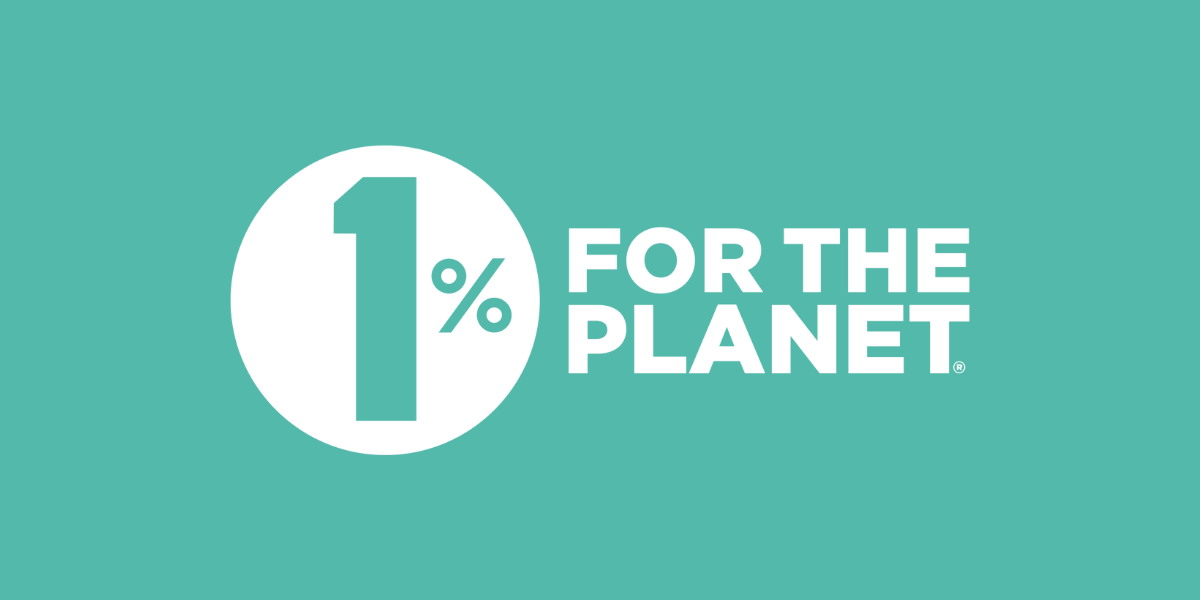Standards for a Greener Web
The environmental impact of our online activities is often overlooked. Yet the internet has very tangible environmental consequences. The digital industry is a significant contributor to global emissions, responsible for 2-5% of the total, surpassing even the aviation industry. If the internet were a country, it would rank among the top five polluters.
The Web Sustainability Guidelines (WSG), recently introduced by the W3C’s Sustainable Web Design Community Group, is a welcome initiative to address this issue by providing a comprehensive framework for creating sustainable web practices. It offers practical, evidence-based recommendations to reduce the environmental footprint of web development and maintenance.
Let’s explore how these guidelines can help us build a greener digital future.
The Four Pillars of Web Sustainability
The WSG is structured around four main categories, each targeting a different aspect of web sustainability:
1. User Experience Design
User experience (UX) design is not just about aesthetics and functionality but also about sustainability. Key guidelines include:
- Minimising Unnecessary Assets: Reduce the use of heavy images, videos, and other media that increase data transfer and energy consumption.
- Accessible and Efficient Design: Ensure that websites are accessible to all users, which also means optimising for speed and minimal resource use.
- Avoiding Manipulative Patterns: Ethical design practices that respect user autonomy and reduce unnecessary page reloads and interactions.
2. Web Development
Efficient coding practices are at the heart of sustainable web development. The guidelines recommend:
- Code Minimisation: Remove redundant code and dependencies to reduce computational load.
- Optimised Performance: Use techniques like code splitting, lazy loading, and compression to enhance performance and reduce energy use.
- Security and Standards Compliance: Keep software updated and adhere to the latest web standards to ensure efficient performance and lower resource consumption.
3. Hosting, Infrastructure, and Systems
Choosing the right infrastructure can significantly impact a website’s sustainability. Key practices include:
- Sustainable Hosting Providers: Opt for hosting services that use renewable energy and have strong environmental policies.
- Data Optimisation: Compress files, use caching effectively, and minimise data storage to reduce energy use.
- Efficient Systems Management: Automate tasks to reduce human intervention and optimise system performance.
4. Business Strategy and Product Management
Sustainability must be integrated into the business strategy to create lasting impact. The guidelines suggest:
- Sustainability-Focused Product Strategies: Incorporate environmental impact assessments into product planning and lifecycle management.
- Stakeholder Engagement: Ensure that all stakeholders are aware of and committed to sustainable practices.
- Continuous Improvement: Regularly review and improve sustainability practices to adapt to new challenges and technologies.
Why Digital Sustainability Matters
Implementing the WSG is not just about reducing carbon footprints; it’s about setting a new standard for ethical and responsible digital practices. As businesses and individuals, we have the power to influence change by adopting these guidelines. This will not only help mitigate environmental impact but also improve user experience, accessibility, and overall digital health.
The Web Sustainability Guidelines offer a roadmap for creating a more sustainable digital world. By embracing these eco-friendly web practices, we can significantly reduce the environmental impact of our online activities and pave the way for a greener future. It’s time for us to rethink our digital habits and make sustainability a core aspect of web development and design.
At Conlumina, we build eco-conscious, accessible, cookieless websites with a top performance guarantee. As a sustainable digital agency, we are thrilled to witness the transition where sustainable web design and development practices become an industry standard rather than an optional extra. Hopefully, the W3C WSG initiative will have the same impact as the Web Content Accessibility Guidelines (WCAG) for transforming the web to a better digital environment for all.
What About You?
What is the carbon impact of your website? Head over to the Website Carbon Calculator and find out. If things aren’t looking too great, feel free to contact us.



















